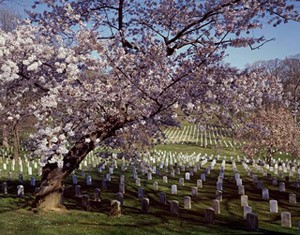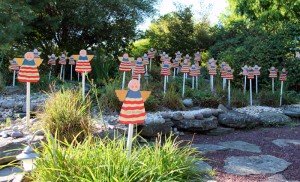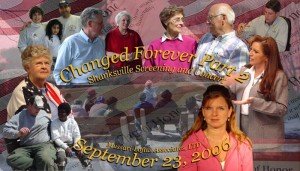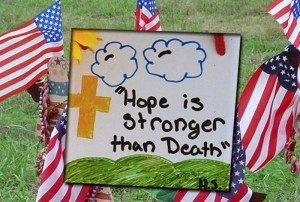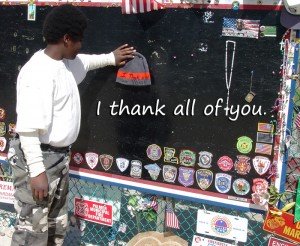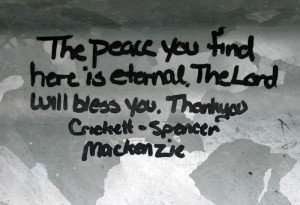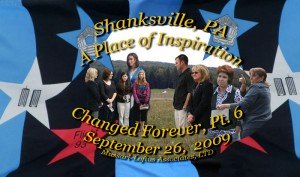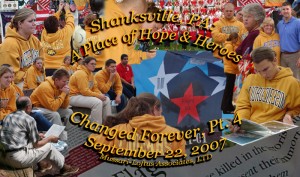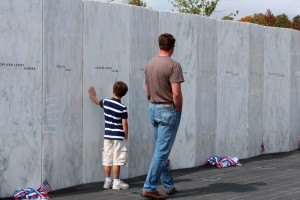Thinking About America on Memorial Day
Anthony J. Mussari, Sr.
Kitch Loftus-Mussari
Producers
The Face of America Project
Copyright 2016
Memory is a way of holding onto the things you love, the things you are, the things you never want to lose. The Wonder Years
Memorial Day is much more than a 3-day weekend or the unofficial start of summer. It is a very important memory day.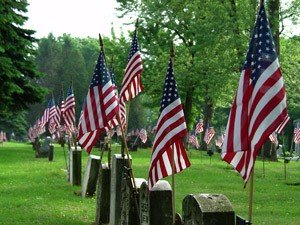 It is a day when we step back and remember that the price of freedom is not free. It is a day when we demonstrate our gratitude for the men and women who gave their lives to guarantee that all Americans can hold on to the things they love, the things they are and the things we never want to lose.
It is a day when we step back and remember that the price of freedom is not free. It is a day when we demonstrate our gratitude for the men and women who gave their lives to guarantee that all Americans can hold on to the things they love, the things they are and the things we never want to lose.
During our Face of America journey, we had many magic moments that caused us to think about the essence of America and the contributions of genuine heroes.
This is our attempt to summarize in words and images what Memorial Day means to us.
A Place of National Gratitude
When President Harry Truman spoke these words, he was describing the significance of Arlington National Cemetery:
Our debt to the heroic men and valiant women in the service of our country can never be repaid. They have earned our undying gratitude. America will never forget their sacrifices. President Harry S. Truman
There are 230,000 grave markers at Arlington. More than 400,000 people from the United States and 11 other countries are buried in Arlington National Cemetery. More than 4,000,000 people visit the cemetery every year, and 30 people are buried in the cemetery every day.
A Wall of Heroes
The old Irish saying Death leaves a heartache no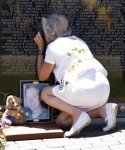 one can heal, love creates a memory no one can steal is a perfect description of the picture we received from Anthony Cutrano, the cofounder of the Middle East Conflict Wall Memorial in Marseilles, Illinois. It is a powerful image that needs no explanation.
one can heal, love creates a memory no one can steal is a perfect description of the picture we received from Anthony Cutrano, the cofounder of the Middle East Conflict Wall Memorial in Marseilles, Illinois. It is a powerful image that needs no explanation.
Built with voluntary contributions of money and labor, this memorial is unique in that it was built to honor the fallen before the conflict ended.
The Crosses of Lafayette
Maya Angelou’s thoughtful comment How important it is for us to recognize and celebrate our heroes and she-roes! prompted us to include the name of one of our heroes, 2d Lt. Emily Perez, at the “Crosses of Lafayette” memorial in California.
Emily Perez was the first member of West Point’s “Class of 9-11” to die in combat. She was 23-years-old when she lost her life while leading a convoy in Iraq.
Jeff Heaton the founder of the “Crosses of Lafayette” describes this sacred place as “a tidal wave of grief.” Kitch and I found it to be that and so much more. It is a genuine, from the heart celebration of the courage and service of our heroes and she-roes
What is a Hero?
Joseph Campbell gave us a beautiful definition of a hero when he penned these 16 words. A hero is someone who has given his or her life to something bigger than oneself.
when he penned these 16 words. A hero is someone who has given his or her life to something bigger than oneself.
Campbell didn’t know it at the time, but he was articulating what thousands of people experienced when they visited the People’s Memorial to the heroes of Flight 93 in Shanksville, PA.
For 10 years, Shanksville was like a second home to us. The temporary memorial as it was known then was an inspirational place, a peaceful place and a memorable place.
A young student described it perfectly with these unforgettable words. It is a place where Hope is stronger than death.
40 Angels and 5 Veterans
A nation which does not remember what it was yesterday, does not know what it is today, nor what it is trying to do. We are trying to do a futile thing if we do not know where we came from or what we have been about. Woodrow Wilson
To help visitors better understand what September 11th and Flight 93 was all about Eric Pierson designed the Angels of Freedom. On this Memorial Day, we would like to remember and thank five of those angels who were veterans: William Joseph Cashman, Patrick Joseph Driscoll, Andrew Sonny Garcia, First Officer LeRoy Homer and John Talignani.
America at Its Best
Sometime the perspective of others best defines who we are. We think that was the case when Nicolas Sarkozy, the 23rd President of the French Republic, shared his definition of America:
We think that was the case when Nicolas Sarkozy, the 23rd President of the French Republic, shared his definition of America:
What made America great was her ability to transform her own dream into hope for all mankind. America did not tell the millions of men and women who came from every country in the world and who — with their hands, their intelligence and their heart — built the greatest nation in the world: ‘Come, and everything will be given to you.’ She said: Come, and the only limits to what you’ll be able to achieve will be your own courage and your own talent.
What is America?
Many years ago, Harold Ickes, a Pennsylvania native and Secretary of the Interior, asked himself a simple but profound question. What constitutes an American?
His answer reminds us of the essence of America:
Not color nor race nor religion. Not the pedigree of his family nor the place of his birth. Not the coincidence of his citizenship. Not his social status nor his bank account. Not his trade nor his profession. An American is one who loves justice and believes in the dignity of man. An American is one who will fight for his freedom and that of his neighbor. An American is one who will sacrifice property, ease and security in order that he and his children may retain the rights of free men. An American is one in whose heart is engraved the immortal second sentence of the Declaration of Independence.
We hold these truths to be self-evident, that all men are created equal, that they are endowed by their Creator with certain unalienable Rights, that among these are Life, Liberty and the pursuit of Happiness.
On this very special day, Kitch and I will be thinking about the men and women who were willing to give life to these words with their service and their sacrifice for America. We will never forget you.
On this Memorial Day, the poetic words of Frances Ellen Watkins Harper summarize the things we love, the things we are, the things we never want to lose:
God bless our native land, 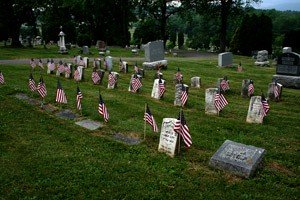
Land of the newly free,
Oh may she ever stand
For truth and liberty.
God bless our native land,
Where sleep our kindred dead,
Let peace at thy command
Above their graves be shed.
God help our native land,
Bring surcease to her strife,
And shower from thy hand
A more abundant life.
God bless our native land,
Her homes and children bless,
Oh may she ever stand,
For truth and righteousness.
(The picture of Arlington National Cemetery is part of the Library of Congress Collection.)
Please provide feedback to:
tony.mussari@gmail.com
